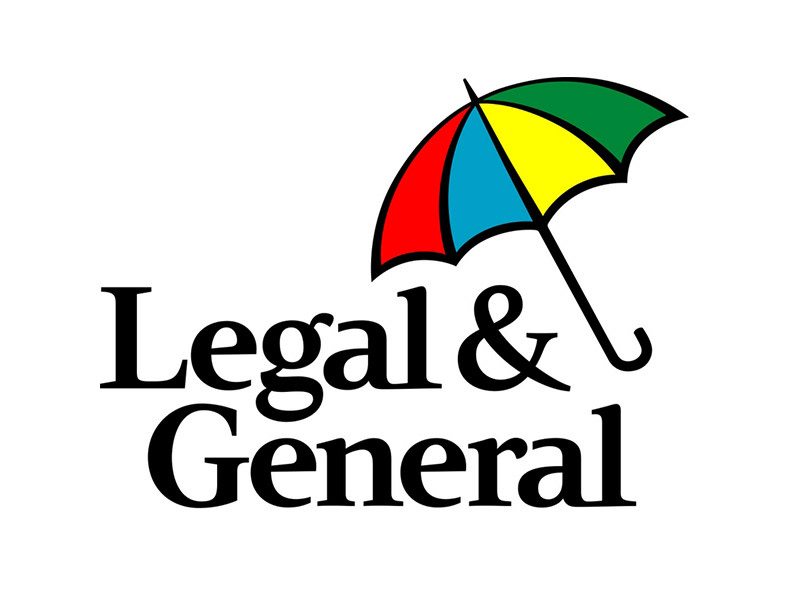Legal & General is one of the UK’s leading providers of passive funds
We think this fund is an excellent option for accessing a broad range of US companies
It’s a simple, low-cost way to track the FTSE USA Index
This fund features on our Wealth Shortlist of funds chosen by our analysts for their long-term performance potential
How it fits in a portfolio
The Legal & General US Index fund invests in a range of large and medium-sized companies in the US, which is home to some of the most established and well-known brands globally.
An index tracker fund is one of the simplest ways to invest, and we think this fund could be a great low-cost starting point for an investment portfolio aiming to deliver long-term growth. This fund provides broad exposure to the US market and could be used to diversify a portfolio focused on other regions like Europe and Asia.
Manager
Legal & General has run index tracker funds for over 30 years and is one of the largest providers of index funds in the UK. That means it’s got the resources and expertise to track indices as closely as possible, and the scale to keep charges to a minimum.
Each index fund at Legal & General has a primary and secondary manager, though in practice the team as a whole helps to manage each fund. Tunde Oladimeji is the primary manager responsible for this fund. Prior to joining Legal & General in 2018, he worked at Vanguard where he spent six years as a Portfolio Manager & Trader on the Equity Index Team. The secondary manager for this fund is Robert Dowling. He joined Legal & General in 2010 after previously working at State Street Global Advisors as a fund manager.
Process
This fund tracks the performance of the US stock market, as measured by the FTSE USA Index. It aims to invest in every company in the index and in the same proportion. This is known as full replication and helps the fund closely match the performance of its benchmark.
The fund is currently made up of 539 companies. It invests 34.8% in the technology sector which includes household names like Apple and Microsoft. The next largest sectors are consumer discretionary, industrials and financials at 14.8%, 11.9% and 11.5% respectively. This is determined by the underlying index the fund is tracking.
In any index tracker fund, factors like withholding taxes, dealing commissions and spreads, and the cost of running the fund all drag on performance. To reduce the tracking difference between the fund and the index, the team will keep trading to a minimum which helps to reduce costs.
Legal & General is a conservative tracker fund manager. For example, it doesn’t lend the investments in its index funds like some other companies do.
Culture
Legal & General has developed its passive fund range over the last three decades. The company manages £517bn in tracker funds, allowing it to offer a wide range of index-tracking options.
It’s built a team of experienced passive fund specialists and they’re innovative too. If an index doesn’t exist for a sector they’d like to track, they’ll often work with index providers to create a suitable index for them to track.
The team managing this fund work closely with various risk departments across the business. We believe this provides support and adds challenge where appropriate.
Employees are also encouraged to participate in Legal & General’s share save scheme which should encourage them to be more engaged with the growth of the company. In addition, a portion of fund managers’ bonuses are invested into the funds they manage. By doing this, their interests are further aligned with the investors in the fund.
ESG Integration
Legal & General Investment Management (LGIM) is predominantly a passive investor, but we’re impressed with the extent to which they’ve woven Environmental, Social and Governance (ESG) into its culture. Being a mostly passive fund house hasn’t stopped them being innovative when it comes to ESG. In May 2019, the firm launched its ‘Future World’ range of funds, though this fund isn’t part of that range.
The Future World funds track indices that increase investments in companies that score well on a variety of ESG criteria – from the level of carbon emissions generated, to the number of women on the board and the quality of disclosure on executive pay. They also reduce exposure to companies that score poorly on these measures. The funds also adopt a decarbonisation pathway. This means they’re managed to achieve at least a 7% reduction in carbon emissions per year until 2050.
In 2019, LGIM established its Global Research and Engagement Platform, which brings together representatives from the investment and stewardship teams, in order to unify their engagement efforts. Engagement is conducted in line with the firm’s comprehensive engagement policy. A detailed description of the firm’s engagement and voting activity (including case studies) is available in its annual Active Ownership report.
LGIM’s Investment Stewardship team is responsible for exercising voting rights globally, both for LGIM’s active and index funds. Voting decisions are publicly available through a tool which allows a user to search for any company to find out how LGIM voted, and a detailed rationale is provided for votes against management and abstentions.
Legal & General US Index is a passive fund designed to track an index that doesn’t specifically integrate ESG analysis or exclude companies in certain industries, like tobacco or weapons.
Cost
The fund has an ongoing annual fund charge of 0.10%, but we've secured HL clients an ongoing saving of 0.05%. This means you pay a net ongoing charge of 0.05%. We believe this is good value when compared with other US tracker funds. Our platform charge of up to 0.45% per year also applies, except in the HL Junior ISA, where no platform fee applies
Performance
This fund has done a good job of tracking the FTSE USA Index over the long term. In the last 10 years, the fund has gained 263.03%* versus 277.69% for the index. As expected from an index tracker fund, it’s fallen behind the benchmark because of the costs involved in running the fund. However, the tools used by the managers have kept performance close to the index. Remember past performance isn’t a guide to future returns.
Over the past 12 months, the fund has tracked its benchmark tightly, returning 8.39%. A significant event during this time was Donald Trump winning the US presidential election. The Federal Reserve (Fed) also lowered interest rates for the first time in four years in September 2024 and cut rates by more than other major central banks.
As the technology sector makes up a large part of the index, it has a big impact on overall returns and contributed the most to the fund’s performance over the year. This was driven by advancements in Artificial Intelligence (AI) as giant US tech companies like Nvidia and Microsoft have been some of the biggest winners of AI. Other sectors that were positive contributors were consumer discretionary and financials.
The healthcare sector was the biggest detractor from performance over the year, driven by uncertainty following the election and the appointment of the new US Health Secretary. The energy sector also fell in value as the profits of energy companies were impacted by lower oil and gas prices.
The US stock market has performed strongly in recent years but hasn’t performed as well as most other major markets so far in 2025. This is due to concerns that Trump’s proposed tariffs could cause inflation to rise again and slow growth in the US.
Given Legal & General’s size, experience and expertise running index tracker funds, we expect the fund to continue to track the index well in the future, though there are no guarantees.
Annual performance growth
May 20 – May 21 | May 21 – May 22 | May 22 – May 23 | May 23 – May 24 | May 24 – May 25 | |
|---|---|---|---|---|---|
Legal & General US Index | 24.21% | 8.84% | 4.89% | 23.19% | 8.39% |
FTSE USA Index | 23.90% | 9.31% | 4.76% | 23.31% | 8.43% |


